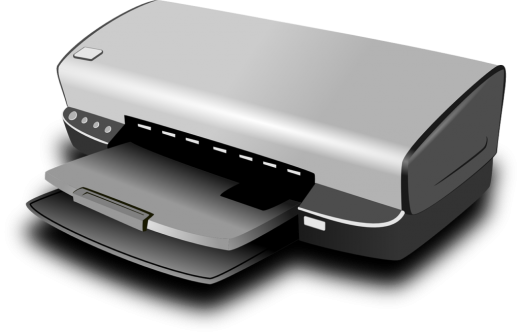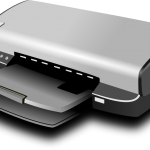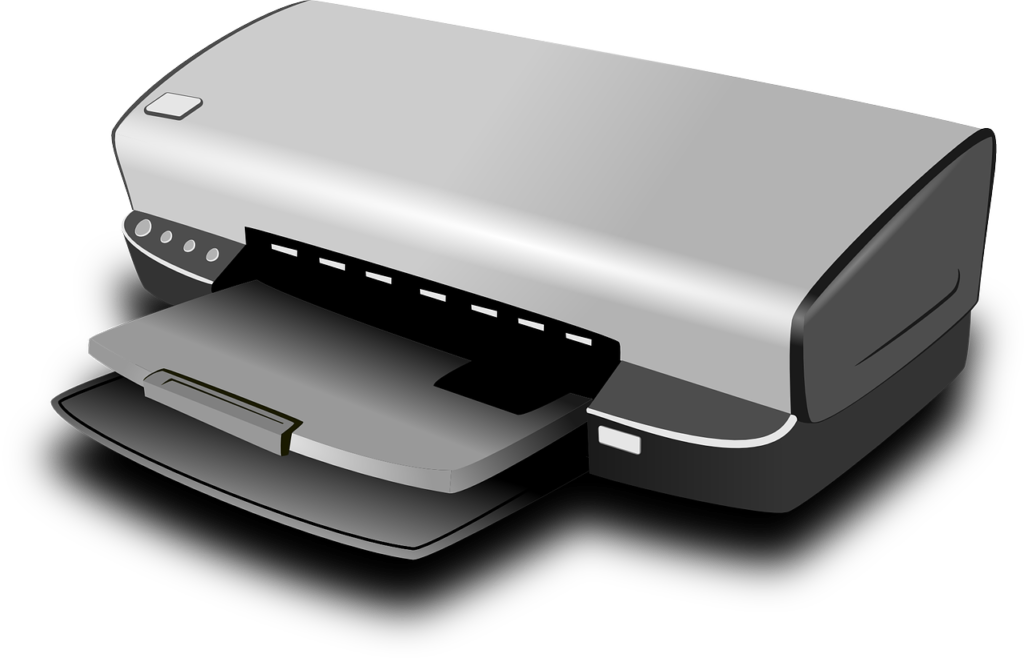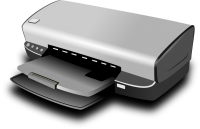IoT and printers: How M2M print technology helps business
IoT and printers: How M2M print technology helps business

The Internet of Things (IoT) connects a vast range of internet devices that deliver data. With improvements in smart sensors and RFID chips, more devices can become connected and be controlled remotely.
This new age of smart machines offers businesses the opportunity for reduced operating and maintenance expenses. Just take a look at printers, for example.
The print industry today is leaps and bounds above what it used to be. There are many smart printers available that can actually be managed remotely. Embedded technology in the printers allows for automatic supply replenishment, automated meter readings, and remote diagnostics. This allows businesses to have greater productivity. For example, smart printers can send alerts when maintenance is needed or ink needs to be ordered.
Connected with managed print services
Proactive management and automatic monitoring is at the root of managed print services (MPS). Many enterprises are using some form of MPS to better handle and manage their printer and MFP fleets. However, with no standardization between printer brands, MPS providers have to rely on a combination of tools, or a specialized tool that can track and monitor usage and device status across a varied fleet.
Perhaps print management could be simplified by adding smart sensors that are standardized on all print devices. IoT and Machine to Machine (M2M) technology can change printers for the better, with the print industry having already jumped ahead in regards to connectivity.
Helping businesses with M2M technology
Most printer hardware has cloud connectivity, along with improved document processing abilities and intelligence. With the addition of networking technology and sensors, businesses can receive crucial real-time knowledge about their printer usage.
The need for routine maintenance is lessened by remote monitoring and analytics because any issues can be noticed and corrected before affecting a business negatively. Along with this, device down-time is reduced, due to the timely delivery of printer information. Certain repairs can even be done remotely, allowing individuals to use their time more wisely.
Furthermore, the real-time data can be utilized to become more energy efficient, improving the impact to the environment and lowering carbon emissions. For example, printers can be put into a rest mode, or turned off completely.
The end result of M2M technology is improved efficiency and reduced costs for businesses. New levels of innovation through partnerships between vendors, technology and communications providers are needed to continuously be able to adapt and meet the needs of clients.
IT, mobile environments and enterprise printing are far from the same. As M2M technology grows and becomes more affordable, it will perform a larger part in consumer and business environments alike.
The post IoT and printers: How M2M print technology helps business appeared first on ReadWrite.
(17)






